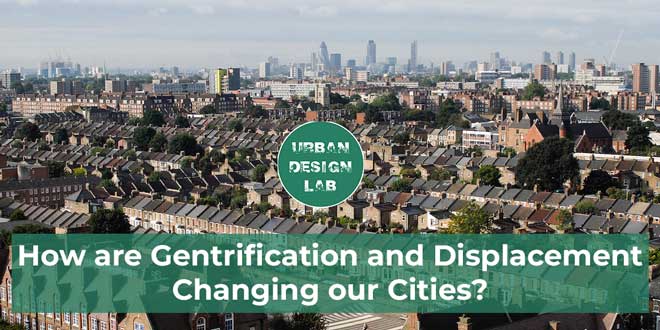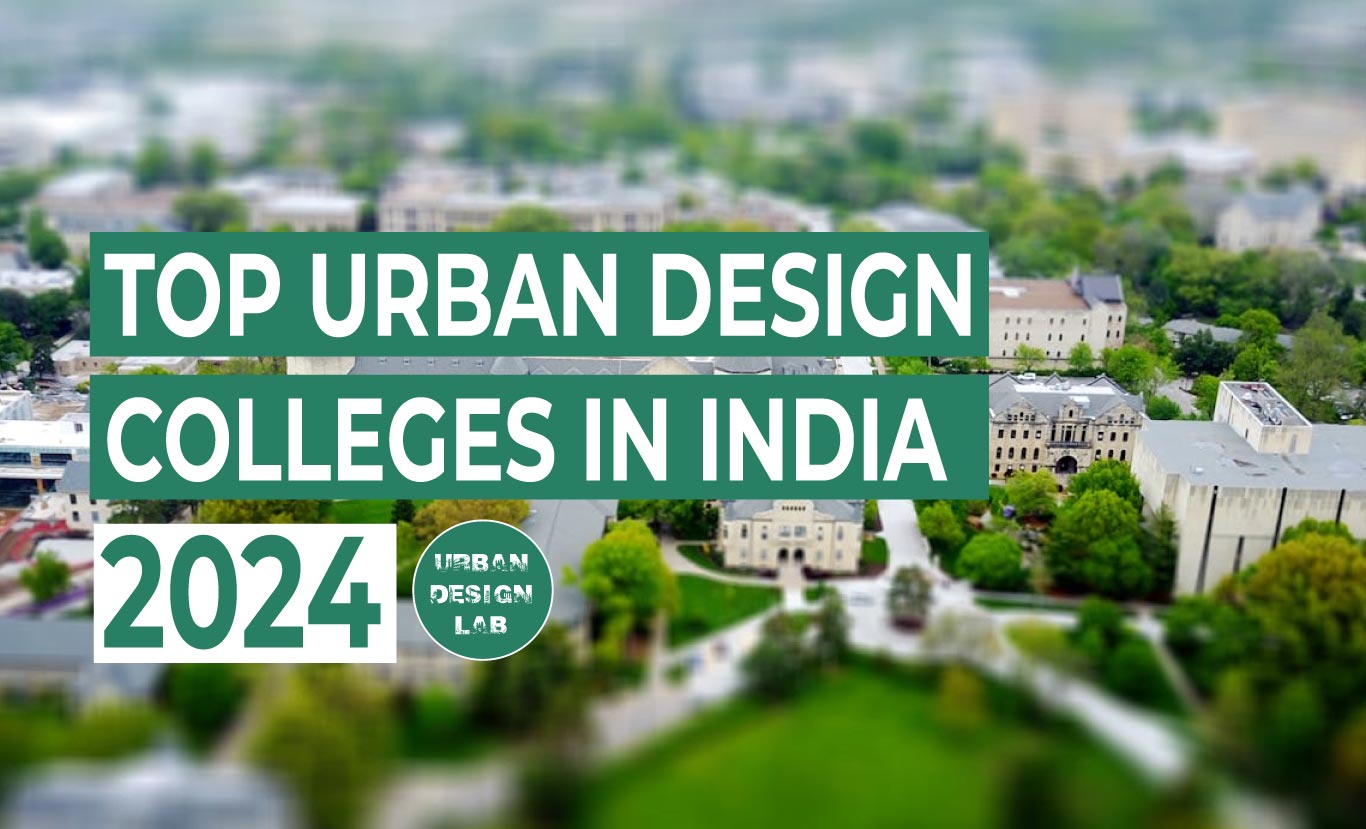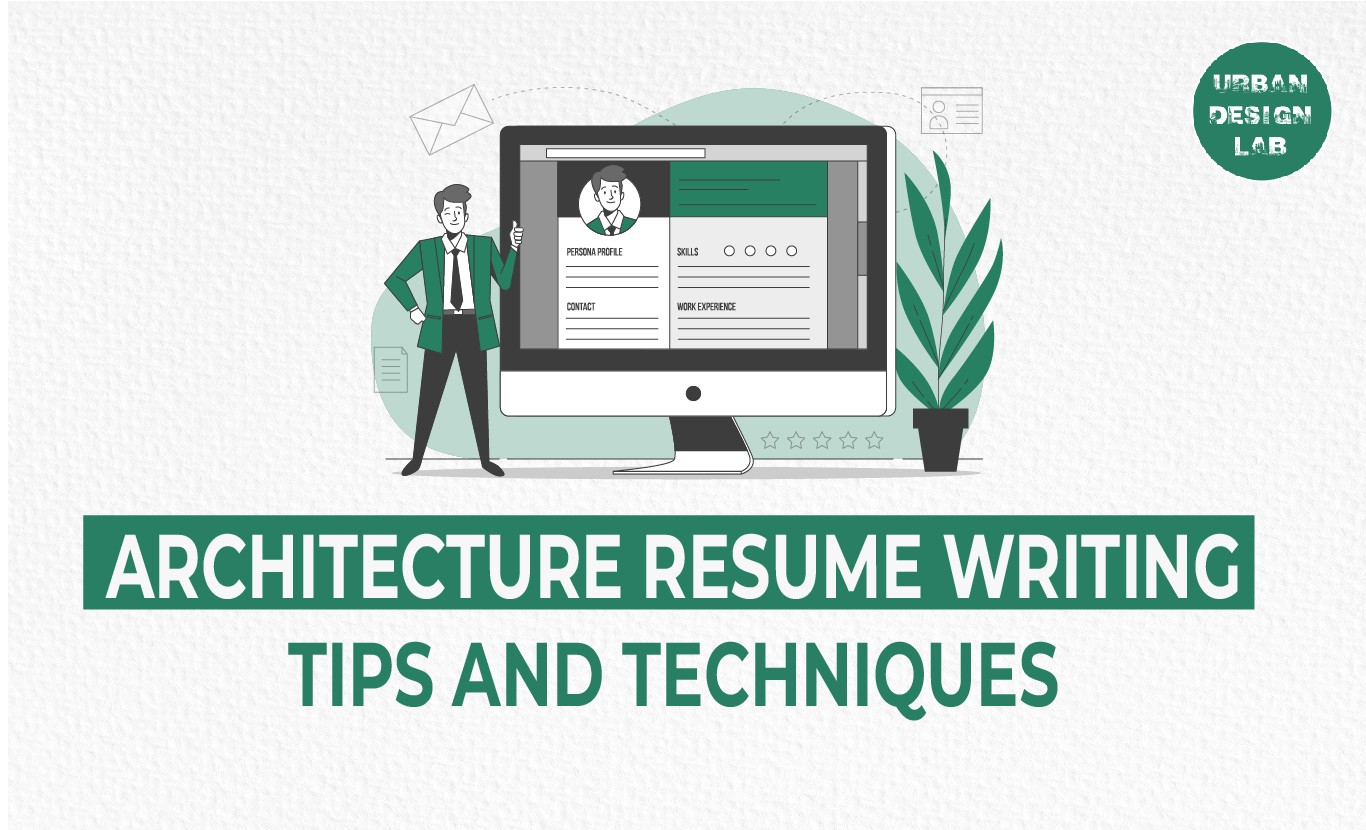
Top 10 Things You Can Ask Your City Government To Do

What is a City Government?
City government, commonly known as Urban Local Body, Municipality or Nagar Nigam is composed of various actors who occupy various roles in the government and undertake different functions. These actors can be broadly divided into two groups – administrative and elected. The role of administrative staff is completely different from that of elected officials because administrative staff is not elected and are not put in the office through citizens’ votes. However, elected officials are the councillors that people in a city elect. Elected members can form various committees within the city government depending on the provisions of the respective municipal acts. The general body of elected representatives is generally the most powerful body in a city government and its approval is needed for various things such as decisions on development works in the ward.
1. Change zoning codes to allow urban buildings to be built on lots as small as 25 feet wide and eliminate any setback requirements
Smaller buildings make for busier, more interesting streets, with a variety of faces and storefronts. While 25 to 30 feet was the standard lot width in the early 20th Century, too often cities later made the minimum lot requirement larger in order to accommodate the automobile. Even today not only do the busy mixed-use neighborhoods of yesterday no longer exist, they are forbidden to exist by law.
2. Change or eliminate zoning to allow for mixed-use neighborhoods
3. Implement traffic-calming measures such as two-way streets, wider sidewalks, bump-outs and lower speed limits
Places where cars move fast are not places where it’s pleasurable to live or nice to walk. High-speed roadways through cities have the purpose primarily of letting someone get through the city fast, not to it. This diminishes economic and social activity in the city and effectively forces city residents to pay for suburban sprawl with their money and their health. Wider sidewalks, two-way streets, and lower speed limits help maintain the safety and quality of life in urban areas. Adding trees will also aid traffic calming and provide shade for pedestrians.
4. Put park benches and other places to sit in commercial areas
If the streets aren’t being used for legitimate purposes, they will be used in other ways. Good people hanging out and keeping an eye on things will discourage vandalism and criminal activity. Providing places for people to sit while waiting for public transit makes it easier to use it. Also change zoning laws to allow for commercial sidewalk seating such as outdoor cafés.
5. Eliminate laws that forbid sidewalk merchants
6. Build or extend light-rail and streetcar systems and add high-speed subways
7. Add bicycle lanes and parking facilities to streets
The bicycle is underutilized as a transportation device in the United States. One reason is the difficulty of manoeuvring through auto traffic and the dangers presented when using a bicycle in many cities. Adding bike lanes (and outlawing double-parking in them) is a big step in making it easier to use a bicycle for transit. Parking facilities are essential to keep parked cycles out of the way of pedestrians and keeping them safe from theft. Allowing bicycles on buses and light rail vehicles is another important ingredient for making a city bicycle-friendly.
8. Raise gasoline taxes and lower transit fares
Motor vehicles are the single largest source of air pollution and a major source of water pollution. The automobile is heavily subsidized and its use scars cities and pollutes the environment. Too many automobiles in cities are not convenient, efficient, or desirable. Raising gasoline taxes will discourage automobile use and require drivers to pay more of the actual cost of their preference. (For more on auto subsidies, go here: www.sierraclub.org/sprawl/articles/subsidies.asp) It is also unfair to spend public funds on autos since many citizens (the young, the aged, disabled, economically disadvantaged) can not use them. Public transit on the contrary can be used by everyone. Lowering the cost of public transit or making it free will encourage its use and help make more citizens mobile by eliminating transportation inequities.
9. Establish top-notch city services
Cities spend billions on attracting fancy department stores, sports arenas and other amenities that largely benefit a suburban population. Encouraging or even mandating that cities spend money only on budget items that directly benefit residents of the city proper will help make it desirable to live in the city. Sidewalks, lighting, street cleaning, debris removal, transit, public art, crime fighting, festivals, and public parks are all examples of things many cities could pay a lot more attention to and spend a lot more money on. Urban malls, baseball stadiums, advertising campaigns, and freeway building tend to benefit people who live elsewhere, at the expense of city residents.
10. Establish an annual Car Free Day
Each year Car Free day is growing. Car free days are a pattern break. They do not aim to take all cars off the streets as a long-term solution; instead, they encourage people to think about the impact of their transport choices and how cleaner, more effective forms of transportation can enhance our quality of life.
Program: Urban Politics and Governance
Publisher: Planning Tank
Related articles


Sustainable Revitalization of Historic City Centers

Richard Meier: Where Modernism Meets Elegance



5-Days UDL GIS
Masterclass
GIS Made Easy – Learn to Map, Analyse, and Transform Urban Futures
Session Dates
14th-18th July 2025

Free E-Book
From thesis to Portfolio
A Guide to Convert Academic Work into a Professional Portfolio”
Recent Posts
- Article Posted:
- Article Posted:
- Article Posted:
- Article Posted:
- Article Posted:
- Article Posted:
- Article Posted:
- Article Posted:
- Article Posted:
- Article Posted:
- Article Posted:
- Article Posted:
- Article Posted:
Sign up for our Newsletter
“Let’s explore the new avenues of Urban environment together “















































